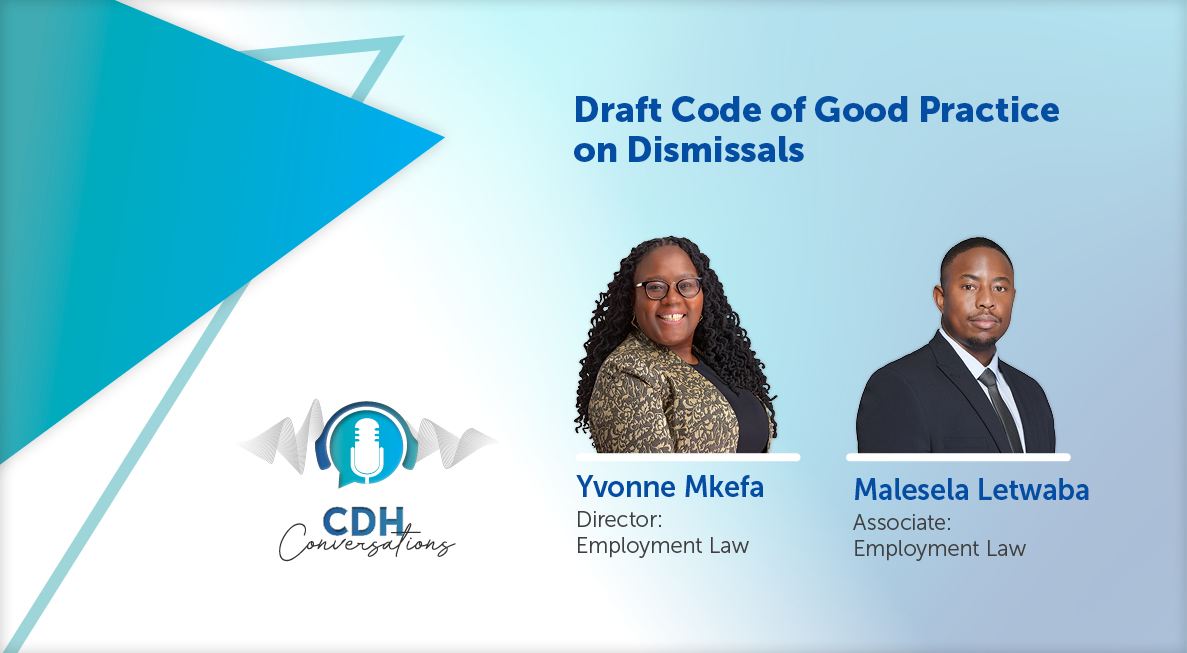Constitutional Court redefines parental leave: Key implications for employers and professionals
At a glance
- On 3 October 2025, the Constitutional Court delivered its landmark judgment in Van Wyk and Others v Minister of Employment and Labour [2025] ZACC 20.
- On 2 October 2025, the Constitutional Court confirmed the High Court’s finding of constitutional invalidity in respect of maternity and parental leave provisions of the Basic Conditions of Employment Act (BCEA).
- However, the Court suspended the invalidity for 36 months to allow Parliament to enact remedial legislation. In the interim, the Court ordered the following changes with immediate effect.
Background
The case was initiated by Werner van Wyk and his spouse, Ika van Wyk. When Mrs van Wyk was pregnant, Mr van Wyk requested four months’ maternity leave from his employer so he could care for their newborn while Mrs van Wyk managed her businesses. The employer denied his request, citing a policy that restricted maternity leave to birthing mothers. As a result, Mr van Wyk was unable to access longer parental leave, despite his family’s needs and their decision for him to be the primary caregiver.
Court’s Findings and Interim Arrangements
On 2 October 2025, the Constitutional Court confirmed the High Court’s finding of constitutional invalidity in respect of maternity and parental leave provisions of the Basic Conditions of Employment Act (BCEA). However, the Court suspended the invalidity for 36 months to allow Parliament to enact remedial legislation. In the interim, the Court ordered the following changes with immediate effect:
- Universal Parental Leave: All parents—biological, adoptive, and commissioning—are collectively entitled to four months and ten days of parental leave, to be shared as they choose.
- Leave Sharing: If both parents are employed, they must agree on how to divide the leave. If they cannot agree, the leave is split as equally as possible.
- Adoption Age Cap Removed: Adoptive parents of children of any age are now eligible for parental leave.
- Pregnancy and Post-Birth Leave: Female employees who are due to give birth may begin parental leave up to four weeks before the expected birth, or earlier if medically necessary. No female employee may work for six weeks after giving birth unless certified medically fit. These periods are included in the total parental leave allocation.
- Single Employed Parent: Where only one parent is employed, that parent is entitled to the full period of parental leave.
- Notification Requirements: Employees must notify their employer in writing of their intended leave dates and return date, at least four weeks in advance (or one month for adoption/commissioning leave), unless impracticable.
- Adoption and Surrogacy: Adoption leave may begin when a child is placed with a prospective adoptive parent by court order. Commissioning parental leave may begin on the date of birth under a surrogate motherhood agreement.
Implications for Employers
Employers must now extend parental leave benefits to all parents, regardless of gender or birthing status. This includes fathers and non-birthing parents, who are now entitled to share in the four months and ten days of leave. Employers should review and update their leave policies to ensure compliance and avoid discrimination. Where paid maternity leave has previously been offered only to birthing mothers, these benefits should be extended equally to all parents.
This judgment (click here to read) marks a significant shift towards equality and flexibility in parental leave, with immediate practical consequences for workplace policies and practices.
Look out for our comprehensive guideline which will be published shortly.
The information and material published on this website is provided for general purposes only and does not constitute legal advice. We make every effort to ensure that the content is updated regularly and to offer the most current and accurate information. Please consult one of our lawyers on any specific legal problem or matter. We accept no responsibility for any loss or damage, whether direct or consequential, which may arise from reliance on the information contained in these pages. Please refer to our full terms and conditions. Copyright © 2025 Cliffe Dekker Hofmeyr. All rights reserved. For permission to reproduce an article or publication, please contact us cliffedekkerhofmeyr@cdhlegal.com.
Subscribe
We support our clients’ strategic and operational needs by offering innovative, integrated and high quality thought leadership. To stay up to date on the latest legal developments that may potentially impact your business, subscribe to our alerts, seminar and webinar invitations.
Subscribe




